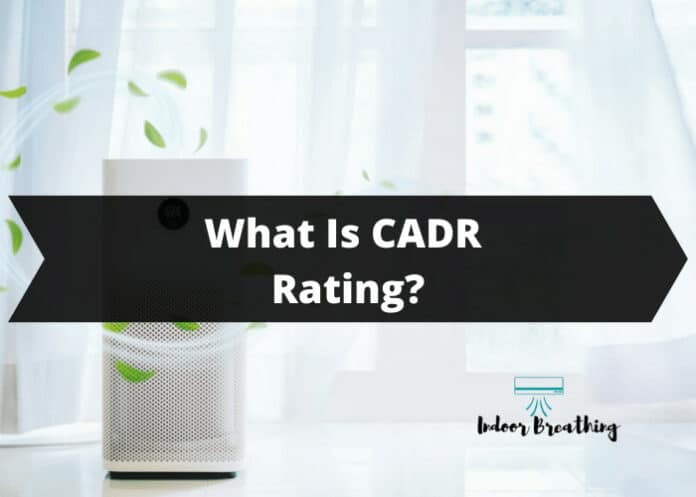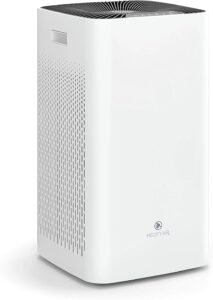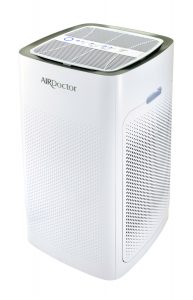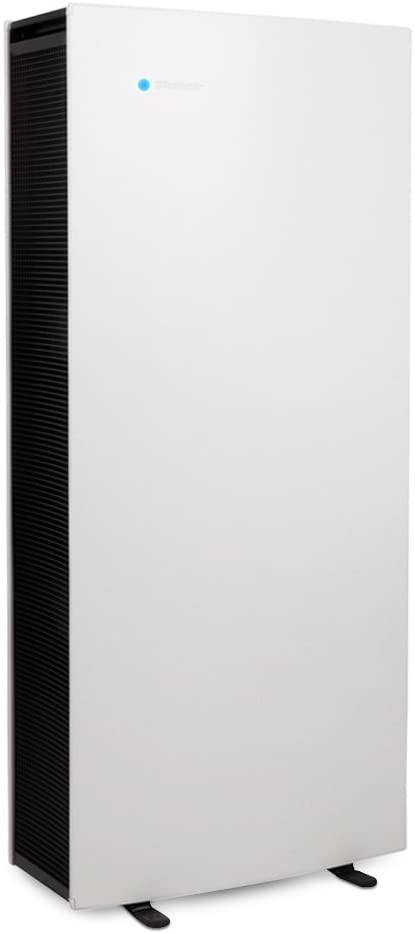CADR (Clean Air Delivery Rate) scores might be challenging to comprehend. Some air purifier manufacturers do not even publish CADR ratings for their products, thus complicating shopping for and comparing different air purifiers.
In brief, the CADR rating of an air purifier reveals how successfully it removes pollutants from the air. Comparing the CADR ratings of several air purifiers might assist you in selecting the most powerful and effective equipment for your area.
Continue reading to discover more about CADR ratings and how they might aid your search for an air purifier.
Table of Contents
What is CADR Rating?
The CADR rating defines how rapidly an air purifier can remove impurities from the air in a room, such as dust, pollen, and smoking.
Air purifiers with higher CADR ratings may clean the air in an area faster than devices with lower CADR values. CADR ratings, which stand for Clean Air Delivery Rate, are among the most important metrics to consider when purchasing an air purifier.
They can assist you in selecting the ideal model for your location. Before establishing CADR ratings, air purifiers were compared using CFM (cubic feet per minute) values.
On the other hand, CADR ratings are stronger predictors of efficacy since they reflect how much air will be cleaned, whereas CFM tells how much air a unit can handle.
The CADR reflects the airflow (CFM) multiplied by the air filter’s effectiveness. So, if an air filter has 200 cfm and 100% efficiency, the CADR is 200.
If the air filter has a capacity of 200 cfm and an efficiency of 75%, the CADR is 150. The CADR is an excellent tool for avoiding being misled by marketing messages.
What is a Good CADR Rating?
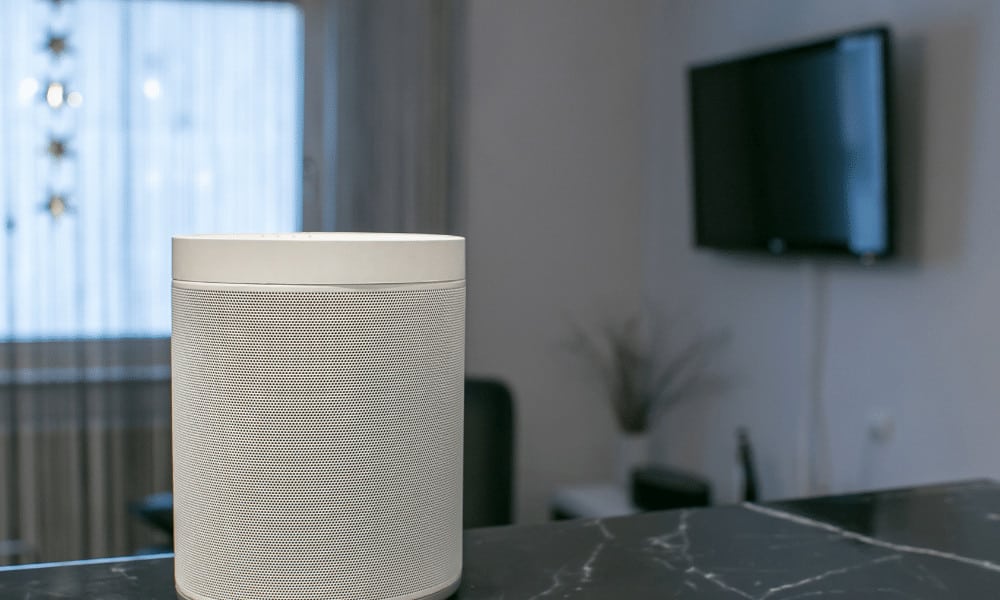
A decent CADR rating covers at least two-thirds of the room’s surface area. For example, a room of 10 feet by 15 feet has a total size of 150 square feet. As a result, a smoke CADR of at least 100 would be a respectable CADR rating for an air purifier.
This also helps you determine a decent CADR rating for an air purifier. If the CADR rating equals 2/3 of the maximum airflow, you know you have a high-quality filtering system. On the other hand, if the CADR rating is less than two-thirds of the maximum airflow, you should look for a better air purifier.
How Important Is CADR Rating For Air Purifier?
A CADR air purifier rating’s goal is to provide you with an objective benchmark for evaluating the performance of an air purification system.
As a result, the Clean Air Delivery Rate is the most crucial measure to consider when comparing air purifiers since it refers to an air purifier unit’s speed and efficiency.
When looking at an air purifier’s CADR rating, it’s vital to remember a few things:
- Small particles aren’t included. The CADR rating informs you of the overall performance of the device. However, it will not tell you how efficient it is against tiny particles. The tiniest pollutants are likely the most bothersome if you have allergies or asthma. Some units are very good at removing bigger particles and hence receive a high grade, but they fail to remove the smallest particles.
- Gases aren’t measured. You’ve probably noticed that the CADR rating only covers three categories, and gases aren’t one of them. However, gases like VOCs can be highly hazardous to your and your family’s health. Filtration of gases differs from solid particles, such as activated carbon.
- Air purifiers are tested on their maximum setting. When tested, the air purifier is set to its highest setting. However, most homeowners avoid using the highest setting due to noise levels in the room. This is significant because you should not assume it is as effective as its CADR rating when set to a lower level.
- It cannot show wear. Air purifiers, like other appliances, will wear out over time – some faster than others. Because the test is so brief (20 minutes), it cannot tell you how or when the unit’s effectiveness will deteriorate.
According to experts, the CADR rating of the AHAM is more relevant when it comes to affordable air purifiers. When looking for a device, you’ll probably discover that not all manufacturers have a CADR rating. Much high-end equipment by well-known businesses chooses not to provide a CADR rating.
These are the things to consider about CADR Rating:
- At the greatest fan speed, it only reflects clean air. At lower fan speeds, no measurements are taken. The room coverage will be reduced if you operate the air cleaner at a lower fan speed.
- Does not take into account the noise level of the air purifier.
- It makes no mention of ozone.
- A UV-C light, for example, does not affect the CADR rating. It may affect the Energy Star rating since the UV light will require more power from the air cleaner.
- Does not represent the performance of an air filter over time. It’s a measurement of what to expect from a new air cleaner in terms of the most filtered air.
- Only applicable to room air purifiers. For whole-house air cleaners, there is a CADR type standard.
- The smoke CADR rating solely accounts for removing tiny airborne particulates (like tobacco smoke particles). It does not state if a particular home air cleaner successfully removes cigarette smoke.
- Products that employ electrical filtering, such as negative ionization, may experience an artificial performance gain. According to some studies, a negative ion charge can induce airborne particles such as mold spores to bind together and attach to the test chamber wall. In the CADR test, this will appear to be filtered from the air when, in fact, it has not been filtered.
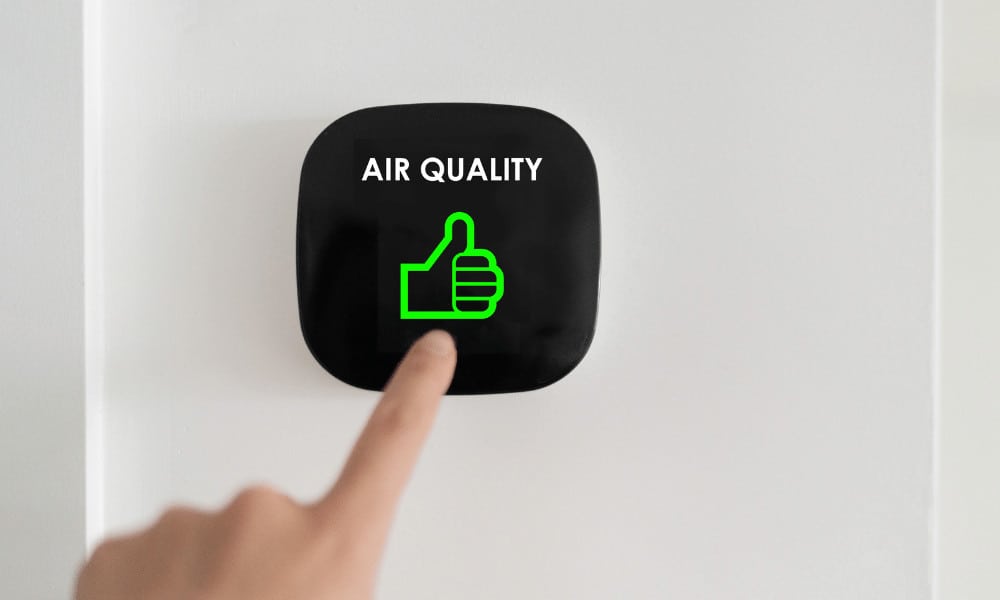
Is Higher CADR Better?
A higher CADR grade is preferable since it indicates greater efficacy in cleaning indoor air. A dust unit with a high CADR rating of 300 will remove dust particles faster than one with a lower CADR value of 200.
Depending on the particle size detected, the CADR rating scale ranges from 400 to 450. The dust CADR scale is 0-400, whereas the smoke and pollen CADR scale is 0-450. CADR provides a relative estimate of air cleaning performance for specific room sizes.
Is CADR the Same as CFM?
CADR and CFM are not the same, yet they complement one another. CADR is calculated by multiplying the cubic feet per minute by the air filter’s effectiveness.
For example, if an air filter has a CFM of 300 and an efficiency of 75%, the CADR is 225.
How is CADR Calculated?
The AHAM (Association of Home Appliance Manufacturers) uses a standard room size and runtime to validate CADR for air-cleaning products. AHAM-verified CADR air purifiers are evaluated using a defined manner.
The air purifier is put in a 1,008 cubic foot test chamber, roughly the size of a 12-foot by 12-foot room with a 7-foot ceiling. The amount of dust, pollen, and smoke pollutants in the test chamber is measured by monitoring equipment.
When the air purifier is set to maximum power, the amount of dust, pollen, and smoking contaminants are continually monitored. The time it takes for an air purifier to cleanse the air determines its CADR rating. The CADR should be at least two-thirds the size of the room.
While it may be tempting to buy the air purifier with the highest CADR rating, this may be overkill. Instead, based on the square footage of your area, establish the proper CADR rating for your air purifier. Choose a CADR rating that is around two-thirds the size of the area.
A common CADR scale for an air purifier consists of three digits separated by a forward slash, such as 350/300/325. In this scenario, the 350 reflects the CADR grade for smoke, the 300 for dust, and the 325 for pollen. Here are the normal sizes for each sort of particle measured, along with the CADR grading scales, for your convenience:
- CADR Scale for Smoke: 0-400 (Particles between 0.9 and 1.0 m)
- CADR Scale for Dust: 0-450 (Particles between 0.5 and 3 m)
- CADR Scale for Pollen: 0-450 (Particles between 5 and 11 m)
Highest CADR Air Purifier
Most of the air purifiers‘ CADR ratings are between 0-300, there are a bunch in the 300-400 range, but surprisingly, few have more. Here are the 3 air purifiers with the highest CADR rating.
1. Medify MA-112 v2.0 Air Purifier | CADR 950
Pros
- 2,500 sq ft large coverage (in 30 minutes)
- Dual HEPA H13 or H14 filtration
- Many great features – filter indicator, touch controls, child lock, and more
Cons
- Heavy (33.5 lbs)
- 70dB noise on the highest speed
2. AirDoctor 5000 Air Purifier | CADR 534
Pros
- 2,001 sq ft large coverage (in 30 minutes)
- Two Carbon/Gas Trap/VOC filters, Two UltraHEPA filters (better than HEPA)
- Auto mode with built-in air quality sensor, filter change notification
- Only 50dB noise even on the highest speed
Cons
- Heavy (33 lbs) (But it has hidden casters)
3. Blueair Pro XL Air Purifier | CADR 450
Pros
- 2,960 sq ft large coverage (in 30 minutes)
- Auto mode and Air Intelligence Module
- Simple controls
- 58dB noise on the highest speed
Cons
- Very heavy – 70lbs, no casters
- No timer
- High energy consumption on the highest speed
People Also Ask
What CADR rating do I need for Covid?
According to CR’s air purifier lab testing, we recommend looking for a device with a CADR of more than 240 that can do around five air exchanges per hour in its recommended room size.
These air purifiers performed well in our testing for swiftly removing particles of all sizes from the air. All of the models shown below have a CADR of more than 240.
How much CADR do I need?
You may be wondering how to translate the CADR into something more practical, such as the size of your room.
AHAM recommends taking the CADR rating and multiplying it by 1.55 to get the room size. This is based on an 8-foot ceiling height.
For example, a 100 CADR air cleaner will clean a 155-square-foot room. To calculate the CADR, divide the square footage of your room by 1.55. If your room is 250 square feet, divide it by 1.55 to get 161.
This implies you’ll need a room air cleaner with a CADR of at least 160. AHAM advises calculating the room square footage using the smoke CADR. Given that this is the smallest particle size they measure, it appears to be the most difficult to obtain a good score.
CADR is a unit of measurement that quantifies the amount of clean air generated by an air purifier at its maximum speed in cubic feet per minute. As a machine’s speed decreases, so do its ability to clean air.
On the box, there should be three CADR ratings: one for smoke, one for dust, and one for pollen, which reflect microscopically medium, and big particles, respectively.
What is a good CADR for a smoke?
CADR ratings assess the concentrations of three common contaminants: dust, pollen, and smoke. The highest CADR value for smoke and pollen is 450, whereas dust has a grade of 400.
Conclusion
An air purifier’s CADR rating is a good indicator of how well it will perform. The efficiency of an air purifier against three typical air pollutants is investigated: pollen, dust, and smoking.
However, the CADR grade does not indicate whether or not a unit eliminates gases or how effectively it functions over time.
A high CADR rating does not imply that the device eliminates tiny particles. As a result, we highly advise you to select an air purifier with a True HEPA or medical-grade HEPA filter, which will capture even the tiniest particles.

